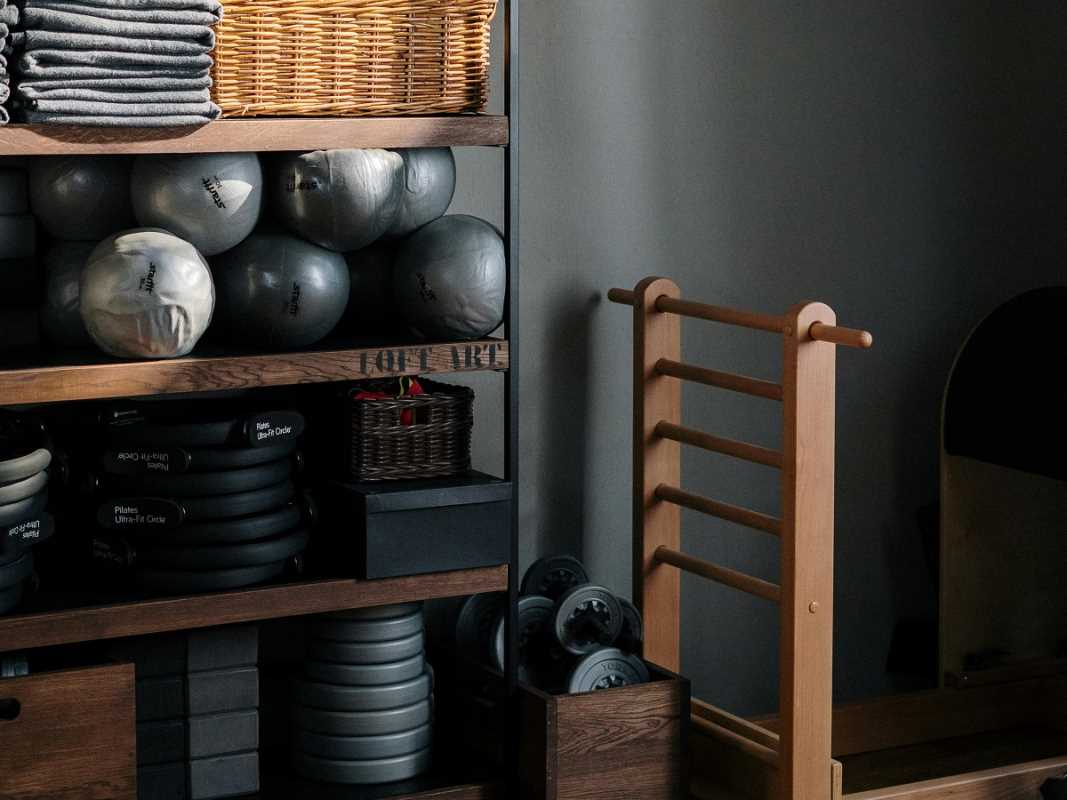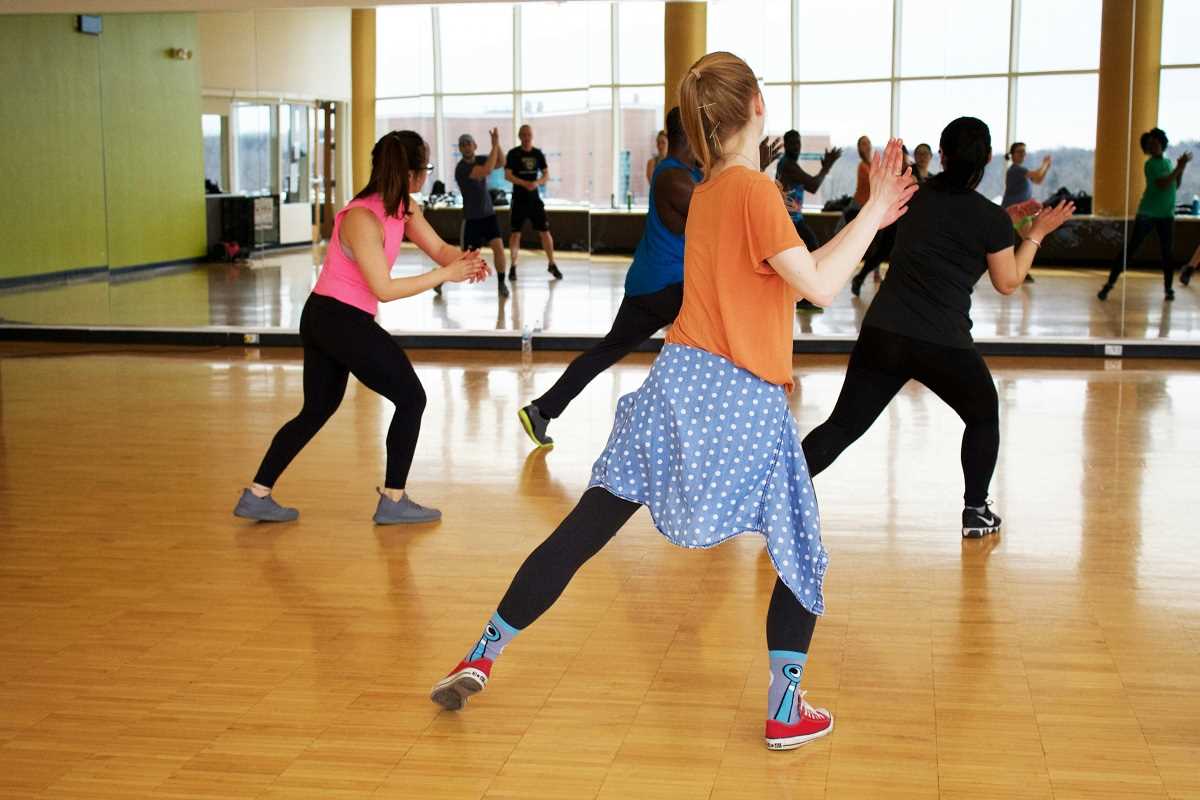Getting started with strength training can feel like a big step, but it's one of the best things you can do for your body and mind. It's not about becoming a bodybuilder overnight (unless you want to!). It’s about building a stronger, healthier you, one step at a time. We're here to walk you through it, so let's get started together.
What is Strength Training, Anyway?
At its core, strength training—also known as resistance training—is any physical activity designed to improve muscular strength and fitness. This is done by making your muscles work against a weight or force. This "resistance" can come from dumbbells, resistance bands, weight machines, or even your own body weight.
The benefits go way beyond just building muscle. A consistent strength training routine can lead to:
- Increased Metabolism: More muscle means your body burns more calories, even when you're resting.
- Stronger Bones: Putting stress on your bones through strength exercises helps increase bone density, reducing the risk of osteoporosis later in life.
- Better Body Mechanics: It improves your balance, coordination, and posture, making everyday activities like carrying groceries or playing with your kids feel easier.
- Improved Mental Health: Exercise is a powerful mood booster. It can reduce symptoms of anxiety and depression and improve your overall sense of well-being. You can truly up your mental fitness game.
- Reduced Risk of Injury: Stronger muscles help protect your joints from injury.
Key Principles for Your New Journey
Before you jump in, let’s cover a few simple rules of the road. Keeping these in mind will help you get the most out of your workouts safely and effectively.
- Start with Your Bodyweight: You don’t need a gym full of fancy equipment to get started. Your own body is a powerful tool. Exercises like squats, push-ups (on your knees is a great start!), and planks build a fantastic foundation of strength.
- Focus on Form Over Weight: This one is a big deal. It’s much more important to do an exercise correctly with a lighter weight (or no weight) than to lift heavy with bad form. Proper form ensures you’re working the right muscles and, most importantly, prevents injury. If you can, watch videos of the exercises to understand the correct movement.
- Give Yourself Rest Days: Your muscles don’t get stronger during the workout; they get stronger when they rest and repair afterward. Overtraining is a real thing. Plan for rest days between your strength sessions. This is non-negotiable for progress.
- Listen to Your Body: Some muscle soreness is normal when you start a new routine. It's called Delayed Onset Muscle Soreness (DOMS). However, sharp or persistent pain is not normal. If something hurts, stop. Your body will tell you what it needs—you just have to listen.
A Sample Beginner-Friendly Workout Plan
Ready to give it a try? Here is a simple, effective full-body workout you can do two to three times a week. Make sure to schedule a rest day in between each session (for example, workout on Monday, Wednesday, and Friday).
Before you begin, always warm up for 5-10 minutes. This could be some light cardio like jogging in place, jumping jacks, or dynamic stretches like arm circles and leg swings.
The Workout: Perform 2-3 sets of each exercise.
- Bodyweight Squats (10-12 reps)
- Stand with your feet shoulder-width apart, chest up.
- Lower your hips back and down as if you're sitting in a chair. Keep your back straight and your knees behind your toes.
- Go as low as you comfortably can, then push through your heels to return to the starting position.
- Push-Ups (8-10 reps)
- Start in a plank position. For a modification, place your knees on the floor.
- Lower your body until your chest is close to the floor, keeping your back straight.
- Push back up to the starting position.
- Plank (Hold for 20-30 seconds)
- Position yourself on your forearms and toes, keeping your body in a straight line from your head to your heels.
- Engage your core by pulling your belly button toward your spine. Don't let your hips sag!
- Glute Bridges (12-15 reps)
- Lie on your back with your knees bent, feet flat on the floor close to your glutes.
- Lift your hips off the floor until your body forms a straight line from your shoulders to your knees.
- Squeeze your glutes at the top, then slowly lower back down.
- Dumbbell Rows (10-12 reps per arm)
- If you have light dumbbells, great! If not, a water bottle or canned good works too.
- Kneel with one knee on a bench or chair, placing the same-side hand on it for support. Your back should be flat.
- Hold the weight in your opposite hand, arm extended.
- Pull the weight up toward your chest, keeping your elbow close to your body. Squeeze your back muscles.
- Lower the weight with control and repeat.
After your workout, cool down with 5-10 minutes of static stretching. Hold each stretch for 20-30 seconds.
Staying Consistent and Happy
The hardest part of any fitness plan isn't the first workout; it's the one you do a month from now. Here are some tips to help you stick with it.
- Find Your "Why": Why did you decide to start strength training? To have more energy? To keep up with your kids? To feel more confident? Write it down and put it somewhere you’ll see it. This is your motivation on days when you don't feel like moving.
- Schedule Your Workouts: Treat your workouts like appointments you can't miss. Put them in your calendar. Protecting that time makes it more likely you'll follow through.
- Celebrate Small Wins: Did you complete all your workouts this week? Did you hold your plank for 5 seconds longer? Acknowledge your progress! Every little bit counts.
- Don't Aim for Perfection: Some days will be better than others. You might miss a workout or feel weaker than usual. That's okay. The goal is consistency, not perfection. Just show up for the next one. This is a fad-diet-free zone, and it's also a perfection-free zone.
 (Image via
(Image via.jpg)





